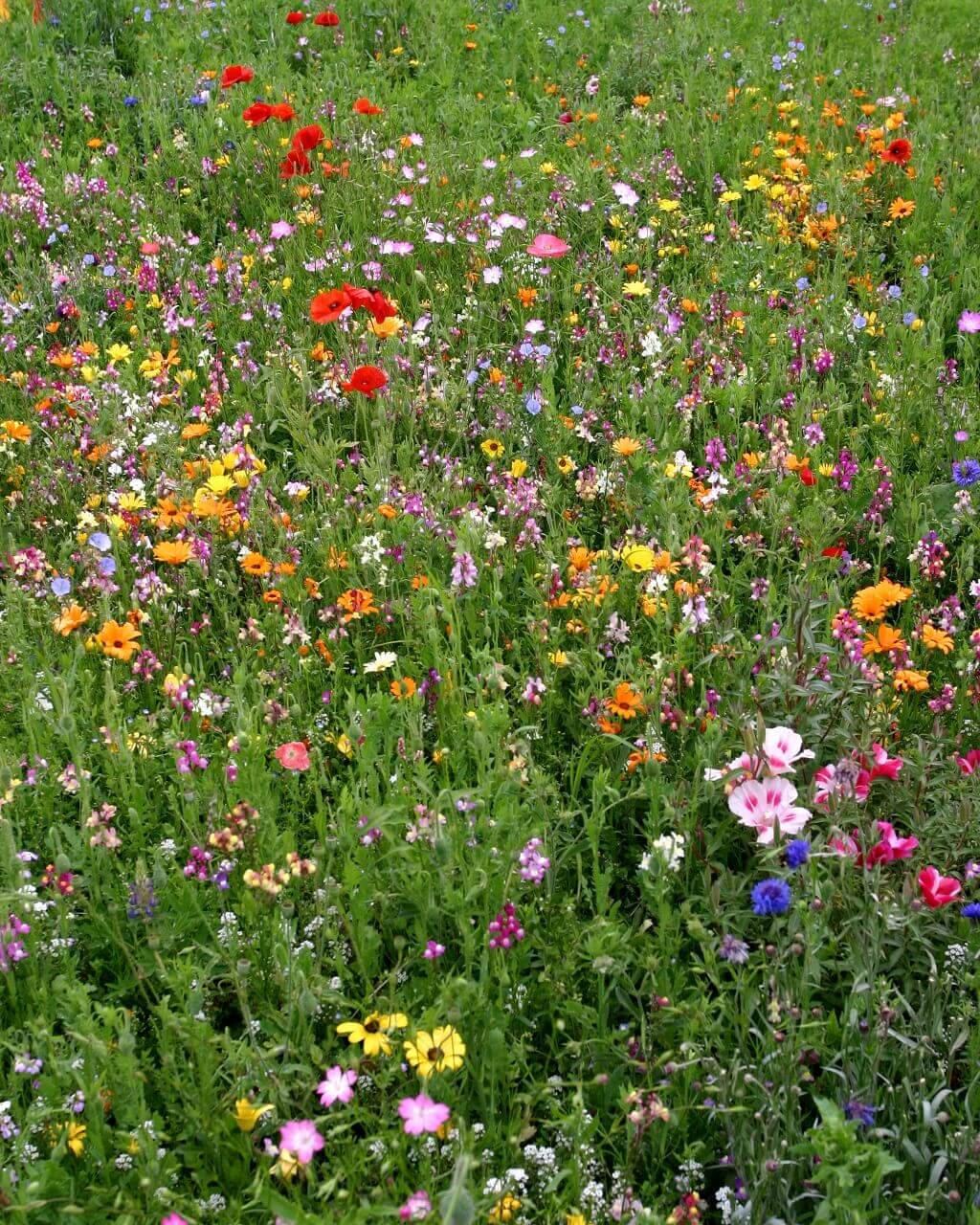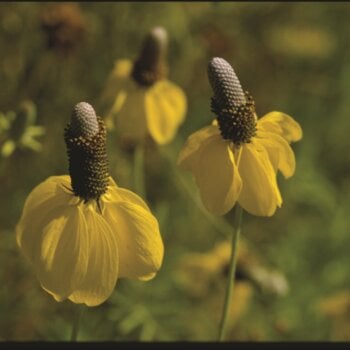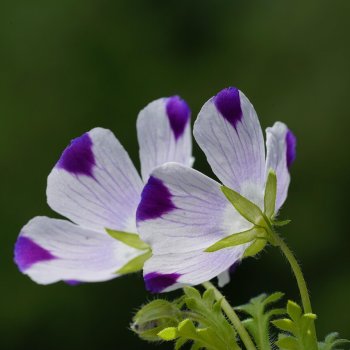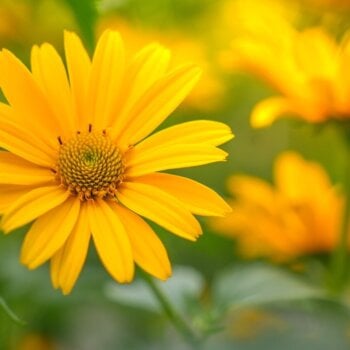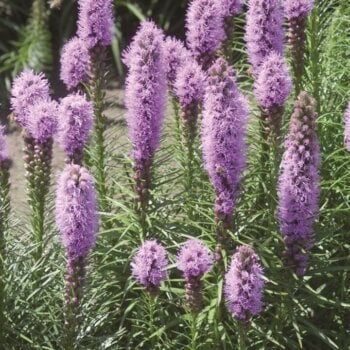Description
Bee Pollinator Meadow Seed Mixture 6823. Open Pollinated. Combination of Annual and Perennial.
1 pkt sows approx. 3-5 m²
Bring back the bees and help end colony collapse disorder. We’ve been losing our bees at an alarming rate and need to reverse the trend. You can help by sowing this attractive, beneficial mix – its full of nectar and pollen producing plants bees find irresistible! A balanced blend of self seeding annuals (A) and hardy long lasting perennials (P). Be part of the solution. Contains: Black Eyed Susan (P), Blanket Flower/Gaillardia (P), Borage (A), Butterfly Weed (P), White Clover (P), Corn Poppy (A), Eastern Columbine (P), Forget-me-not (A), Lance Leaf Coreopsis (P), Lemon Mint (A), New England Aster (P), Partridge Pea (A), Purple Coneflower (P), Mignonette (A), Wild Bergamot (P), Perennial Lupines (P). For larger areas, sow at 125 g/90 m² or 9.5 kg/ha
How to Grow
Sow wildflower seeds into a prepared seedbed from early May through mid-June or in the fall from mid-September through to late October. A late fall sowing additionally allows any dormant seed to be naturally stratified over the winter. A very early spring sowing in late March and early April is also effective at providing natural stratification on any dormant seed. Site Preparation. Remove weeds by hand or apply an organic non-selective herbicide. Loosen soil to 2.5 cm depth with a stiff rake, cultivator or hoe. Flowers will germinate and establish themselves much better when planted into a bed of well drained loose soil, rather than dense or compacted topsoil. Broadcast the seed and let mother nature do the rest. Smaller seeds can be mixed with dry sand to improve distribution when sowing. Natural forces such as rain, snow and frost-heaving of the soil will work the seed down into the soil bed. Irrigate through the first growing season as needed.

